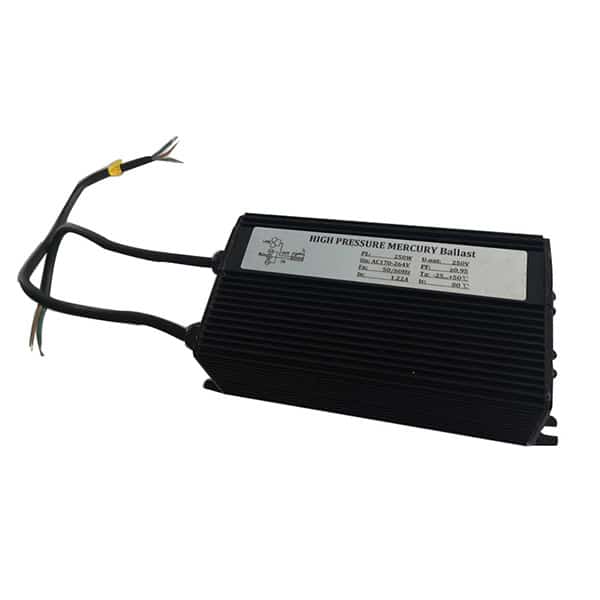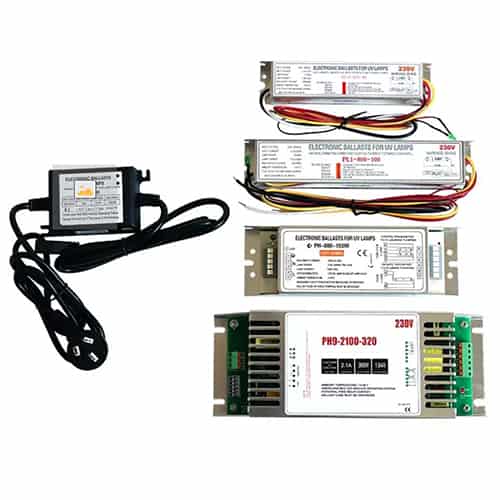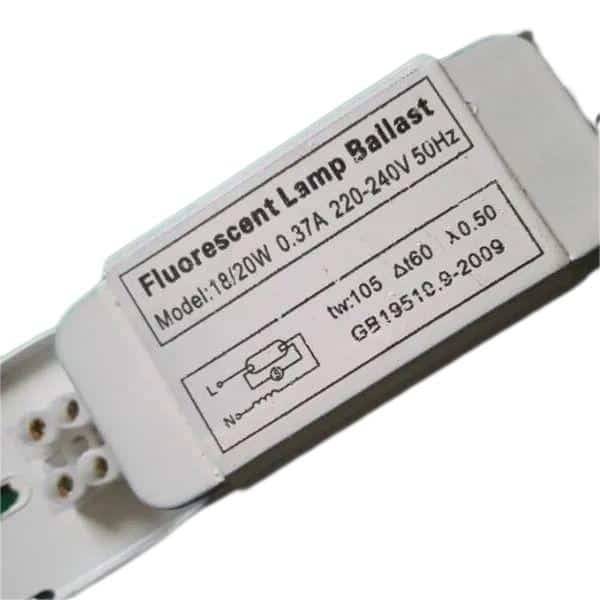In the dynamic world of lighting, understanding the core components can be a challenging endeavor for many. For us at James Lighting, breaking down these complexities is all in a day’s work. You might wonder why the ballast – a seemingly ordinary component – comes in various forms, and how they differ.
When it boils down to the essentials, the primary difference between electromagnetic and electronic ballast lies in their mode of operation and efficiency.
But why should we care? Because the type of lamp ballast we choose can dramatically influence the performance, longevity, and energy consumption of our lighting fixtures. Let’s dive deeper.
How do these ballasts function?
Electromagnetic ballasts, commonly referred to as magnetic ballasts, use a core coil transformer to control the amount of current flowing to a lamp. This simple setup has been around for years and is the classic method.
Electronic ballasts, on the other hand, employ a series of electronic components to start and regulate the current. By converting the power frequency, they can operate lamps at higher frequencies, leading to better efficiency.
Which one is more energy-efficient?
Magnetic ballasts, being an older technology, usually consume more power due to inherent losses in their operational mechanism. They also tend to generate more heat, leading to wasted energy.
Electronic ballasts are winners in this regard. With their ability to operate lamps at higher frequencies, they reduce flickering and maximize lamp life. This, in turn, leads to better energy efficiency and lower energy bills.
How about their longevity and maintenance?
In my experience at James Lighting, I’ve noticed that magnetic ballasts typically have a longer lifespan. Their simpler design has fewer components that could fail, which is an advantage in terms of durability.
However, electronic ballasts have made strides in recent years. With advancements in electronic component durability, they are catching up fast. Furthermore, they usually require less maintenance, making them a favorite among many of our customers.
Start-up time and light flickering: How do they fare?
We’ve all seen it – lights that take forever to start or that annoying flicker. Magnetic ballasts are usually the culprits. Their operation can lead to a noticeable delay in lamp start-up and a perceptible flicker.
Electronic ballasts significantly reduce these issues. By operating lamps at higher frequencies, they ensure an almost instant start-up and minimal flickering. For spaces where constant and immediate illumination is crucial, they’re the go-to choice.
Noise Levels: Which one is quieter?
This is a concern often overlooked. Magnetic ballasts can produce a humming noise during operation, which might be disruptive in quiet environments.
Electronic ballasts provide us with a quieter solution. Their operational mechanism cuts down on the humming, leading to a more peaceful environment. This is especially valuable in settings like libraries or offices.
Suitability for dimming: Can they adjust?
Flexibility in lighting is often required, especially in environments where mood settings play a role. Magnetic ballasts, with their rudimentary design, aren’t best suited for dimming functions.
Electronic ballasts shine here. Many modern versions offer compatibility with dimming systems, allowing users to adjust the brightness as needed. This versatility makes them a preferred choice for many decorative or ambiance-focused applications.
Conclusion
While both electromagnetic and electronic ballasts have their merits, the evolving world of lighting is leaning more towards the latter. With benefits like energy efficiency, reduced flickering, and compatibility with modern lighting systems, electronic ballasts seem to be the future.
However, at James Lighting, we believe in providing solutions tailored to individual needs. The choice, as always, lies with you.





